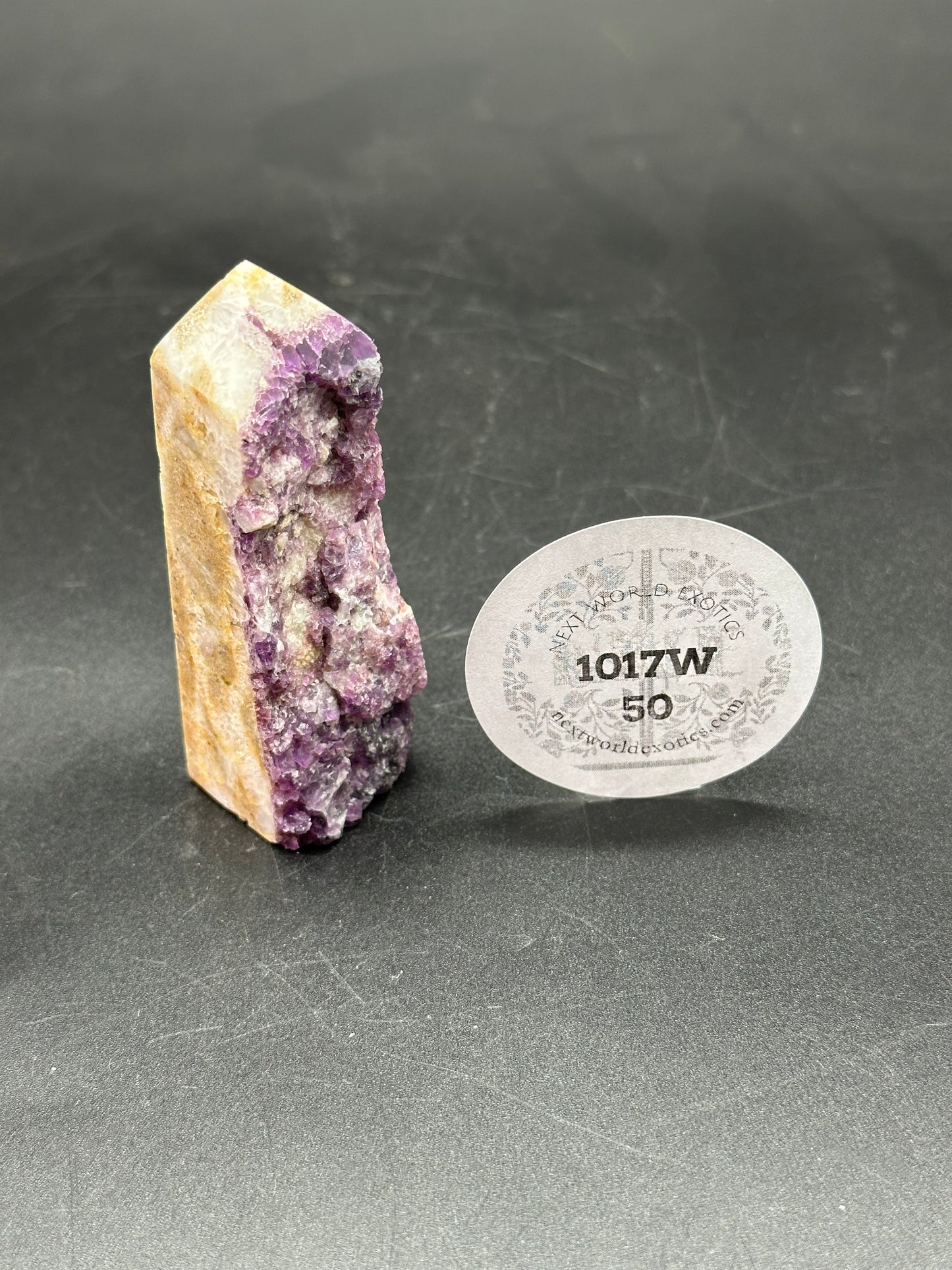Specimen Fluorite Tower (1017W50)
Specimen Fluorite Tower (1017W50)
Specimen Fluorite tower with raw edge, 3.4-inch height.
People purchase crystals and minerals for their unique blend of beauty, functionality, and personal significance. These natural treasures are admired for their stunning colors and formations, making them excellent choices for home decor, jewelry, and personal collections.
Many are drawn to the believed metaphysical properties of crystals, using them to enhance their well-being, meditation practices, or spiritual rituals. Others appreciate the scientific and educational value, exploring their geological origins and characteristics. Whether for their aesthetic appeal, symbolic meaning, or practical uses, crystals and minerals offer something special for every individual.
*The crystal or mineral pictured is the exact piece you will receive. By purchasing, you agree to our Shipping Policy and Refund Policy.*
Couldn't load pickup availability
What are minerals
What are minerals
Minerals are naturally occurring, inorganic solids with a definite chemical composition and a crystalline structure. They form through geological processes and are characterized by their specific atomic arrangement, which imparts distinct physical properties such as hardness, luster, and cleavage.
Minerals can be classified based on their chemical composition and crystal system, leading to various groups such as silicates, carbonates, and oxides. Each mineral has a unique set of physical properties, including color, streak, and density, which help in identifying and distinguishing them.
What are crystals
What are crystals
Crystals are solid materials where atoms, ions, or molecules are arranged in a highly ordered, repeating three-dimensional pattern known as a crystal lattice. This regular arrangement imparts distinct geometric shapes and symmetry to the crystals.
The study of crystals, known as crystallography, examines these patterns to understand their physical properties, such as cleavage, hardness, and optical behavior. Crystals can form through various processes, including cooling of molten rock, evaporation of solutions, or precipitation from a gas. Their structured arrangement at the atomic level leads to unique and often predictable physical and chemical characteristics.
Share









